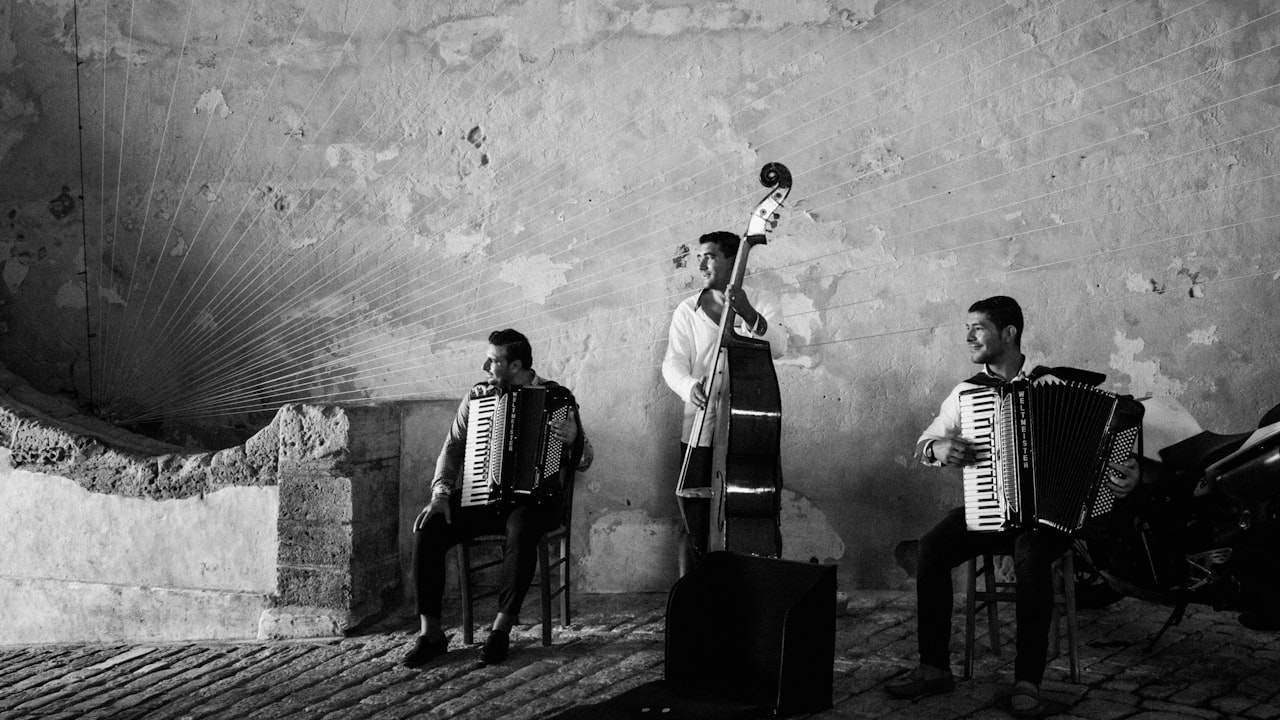The contrabass clarinet is currently the biggest member of the clarinet family. This wind instrument is sometimes referred to as pedal clarinet because of its similarity to the organ’s pedal and its distinct low tone. For ease sake, musicians refer to this instrument as the B♭ contrabass clarinet.
A Brief Origin of the Contrabass Clarinet
A similar instrument in the clarinet family is called the contra-alto clarinet. These two should not be confused as the contra-alto is toned in the key of E♭ instead of B♭.This contra-alto instrument is more frequently used than the contrabass in clarinet orchestras.
The first known contrabass clarinet was produced in 1880 by Dumas of Sommières and it was known as “contre-basse guerrière”. An alternate form was invented in 1839 by W.F. Wieprecht known as the “batyphone”. This batyphone was made of maple-wood. In a similar fashion, In 1889, Fontaine-Besson produced an instrument which is referred to as the pedal clarinet.
The contrabass was not commonly in use back then but they laid the foundation for the manufacture of later versions made by several producers in the late 19th and early 20th centuries. Some of the more famous versions are those manufactured by Charles Houvenaghel for Leblanc.
Features of a Contrabass Clarinet
This wind instrument has a unique build which distinguishes it from its siblings in the clarinet family. It is a 2.75 meters long instrument in tube length which is turned over on itself in the form of a paperclip. Its build is currently made from resin and nickel-plated brass. Metals or hardwoods are also commonly used. The contrabass is totally cylindrical from the bore’s top barrel to the base of its lowest joint. The contrabass is arranged in 5 linking sections joined together like a plug and socket. Its bell takes the shape of a cone both inside and outside. These 5 sections includes:
- Bell
- Lower joint
- Upper joint
- Neck
- Mouthpiece
Body
The body of a contrabass consists of 25 sound holes drilled into it. The musician controls the contrabass with a complex order of levers, parallel rod-axles, pads and keys set off by springs. The Mouthpiece which is made of ebonite or hard rubber consists of a shaved side which acts as a space for the insertion of the Reed. The thicker part of the Reed is attached to the Mouthpiece with a bond made of metal and screws. A gap is made by leveling the thin side of the Reed with the end of the mouthpiece which vibrates when blown.
Pitch
The contrabass is pitched in B♭ resonating at one octave lesser than the B♭ bass clarinet and two octaves lesser than the B♭ soprano clarinet. Some models can play to the low (written) E♭ or the low C or a bit higher to the low D.
Arnold Schoenberg’s Fünf Orchestersrücke speaks of a contrabass clarinet in A but no trace of such instrument has been confirmed to have ever existed. Its weight varies according to its production brand and materials used.
Conclusion
It is of note that only a little number of solo pieces exists for the contrabass clarinet but it plays a role in some orchestra arrangements. One of the most noteworthy musicians who use the contrabass clarinet as a solo instrument is Anthony Braxton.


